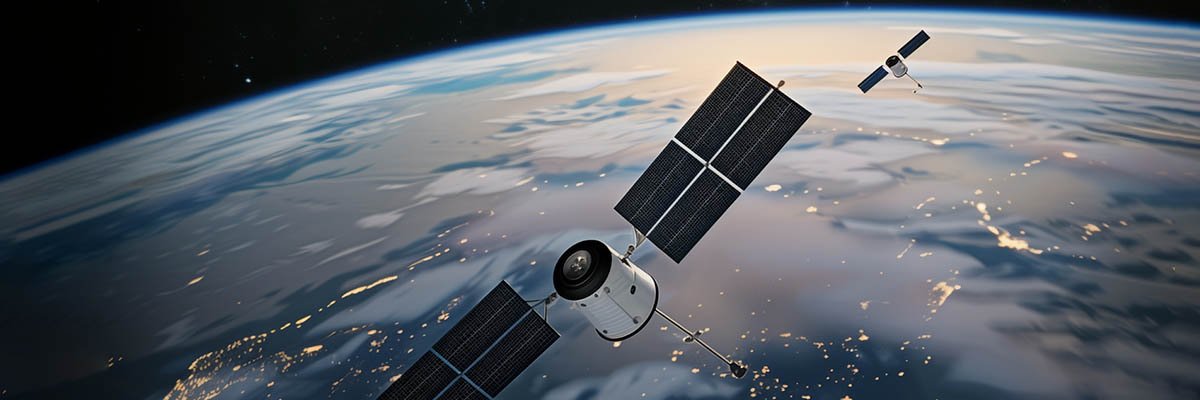After partnerships in the sector expanded rapidly over the course of the past 12 months, the next year will be pivotal for commercialisation in the telco-satellite arena, with direct to cell (D2C) communication the main focus due to its monetisation potential from extended coverage – but the business landscape now hinges on whether telcos charge for them, according to research from GSMA Intelligence.
The report from the business intelligence arm of the global mobile suppliers’ association – Satellite and NTN tracker, Q1 2025 – looks at the current competitive landscape in the space communication arena, including the existing and new commercialisations pathway and key partnerships. It highlighted three takeaways: that 2025 is ground zero for commercialisation; whether operators will or won’t charge for services; and how surging business at AST SpaceMobile is changing the business landscape.
Primarily, the report notes that 2024 was a set-up year characterised by a widening of telco-satellite partnerships that at the end of February 2025 stood at 99, with 21 live by this time. This led to a total mobile connection footprint of 5.98 billion, and 68% of the total connections base was covered by satellites and non-terrestrial networks (NTNs).
D2C continues to be the main attraction for operators due to the monetisation opportunities from an extended coverage footprint. In addition, the report notes that the internet of things (IoT) is of great interest given that the latest standards (Release 19) in the sector incorporate new functionality for NTN services geared at IoT applications such as sensors, telematics and energy monitoring.
Release 19 also adds new functionality such as RedCap into NTNs for IoT. There is already a competitive segment that focuses mostly on IoT (such as Skylo and Orbcomm), with the new standards also attracting Iridium and other legacy satellite providers. Starlink is regarded as an “X factor”, with the potential to put downward pricing pressure across the board, although it would have to tolerate a low-margin business to do this.
Recognising that it’s very early days for the industry, the study reports a mixed approach regarding the question of whether telcos will charge for satellite services. It notes that T-Mobile US is running a hybrid model in which high-value customers will have satellite SMS services included for free, while other customers will have the option of a $15/month bolt-on, or $20 for customers of AT&T and Verizon via a roaming agreement. Startone and H3G in Hong Kong are charging, but at a low rate. By contrast, Verizon (SMS by Skylo) and One New Zealand (Starlink) include satellite at no cost.
Based on published tariffs, GSMA Intelligence said the implied satellite-associated uplift for an average contract customer sits at 10–30%. It added that the impact on overall revenues is not yet known as services are largely pre-commercial, but that this would be a crucial metric to track over the course of 2025.
After a buoyant 2024, the report observed that AST SpaceMobile’s momentum has continued into the first part of 2025, including a key partnership with Vodafone to cover its pan-European footprint (implying an addressable base of some 70 million people excluding Turkey) and a video call demonstration with Verizon. It also bolstered its spectrum position through a lease agreement with Ligado.
GSMA Intelligence believes that, theoretically, AST should be well behind Starlink given that it only has five satellites in orbit, a minute fraction of the 6,500 Starlink has. However, the report also emphasises that the higher capacity available with AST’s larger satellites means it does not require as many in orbit to provide a comparable level of service.
The report says AST estimates that 45–60 satellites are needed to provide full coverage over North America and Europe, with recent fundings giving a secure basis for subsequent launches in 2025 and 2026. Starlink, its main competitor, continues to roll out new telco partners for its own D2C service, although it’s suffered government customer losses in recent months.
Competitors on the mobile satellite service side, such as Viasat and Intelsat, are regarded as having the advantage of secure spectrum, but GSMA Intelligence notes that their D2C services will only work on handsets manufactured in the past four years, making their addressable market smaller.









